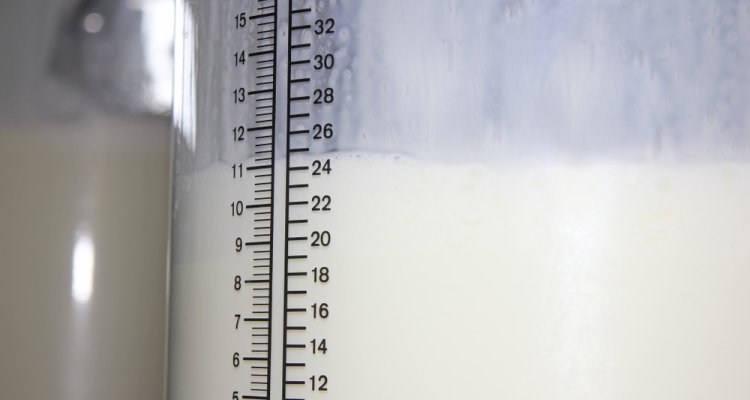
News
Exact source of Dutch bluetongue outbreak remains uncertain
Research indicates that the four locations where the first symptoms of bluetongue were observed, were probably also the first infections in the Netherlands. “Large-scale investigation of bulk tank milk samples does not indicate earlier infections of bluetongue in the Netherlands than September 2023,” says researcher Melle Holwerda of Wageningen Bioveterinary Research.
The first clinical cases of the bluetongue virus that currently circulates in the Netherlands, bluetongue virus serotype 3 (BTV-3), were diagnosed at four locations in the middle of the Netherlands. At that time, it was unclear whether this was the place of origin of the outbreak or whether the bluetongue virus was already present in other locations in the country. “To gain more insight into this, we conducted a large-scale study to analyse for the presence of antibodies against the bluetongue virus in bulk tank milk,” explains researcher Melle Holwerda. Holwerda works at Wageningen Bioveterinary Research (WBVR), part of Wageningen University & Research. He is head of the National Reference Laboratory for vector-borne viral veterinary diseases and leads the research on bluetongue virus. This research was performed in close collaboration with colleagues from the Royal GD in Deventer.
Provenance study
All ruminants are susceptible to bluetongue virus, with sheep being the most susceptible and the first to show clinical symptoms. “However, blue tongue also infects cattle, goats, alpacas and lamas,” Holwerda emphasises. Because of the potentially high probability of infection and rapid spread of the virus, analysis was quickly initiated to investigate if bluetongue was already present in different regions in the Netherlands. “To this end, we screened bulk tank milk samples from dairy farms for the presence of antibodies against bluetongue virus.”
Analysis
In the research conducted in collaboration with Royal GD and the Dutch Food and Consumer Product Safety Authority (NVWA), 991 milk samples from the month of August 2023 were analysed. The samples were derived from the entire country. Analysis showed that 955 samples tested negative, 28 were positive and 8 samples were doubtful. Of these 36 samples (28 positive + 8 doubtful), 24 were from farms known to have vaccinated against bluetongue serotype 8 in the past, the virus serotype that circulated during the previous bluetongue outbreak. “The remaining 12 samples could not be linked to a vaccination programme and could therefore also be a new infection,” he said. However, the locations of these 12 farms were not clustered at a specific location, but showed a similar distribution across the country as the samples that did link to a historical vaccination.
Source
“The conclusion from this study is that there was no other specific region in the Netherlands where we found high levels of antibodies against bluetongue virus, to which we could trace a possible earlier infection. As such, we conclude that the current outbreak most likely started in the first four locations in the middle of the Netherlands.” It remains unknown in which of the initial locations the outbreak started and how that location became infected. “As with previous bluetongue outbreaks, it remains difficult to trace back where the virus came from and how the first animal became infected.”